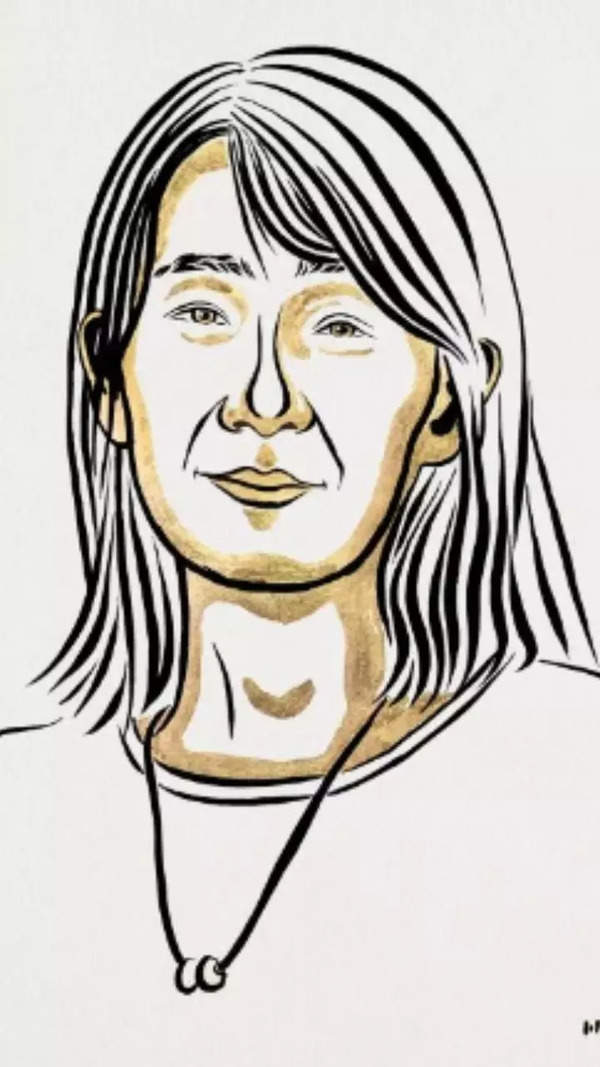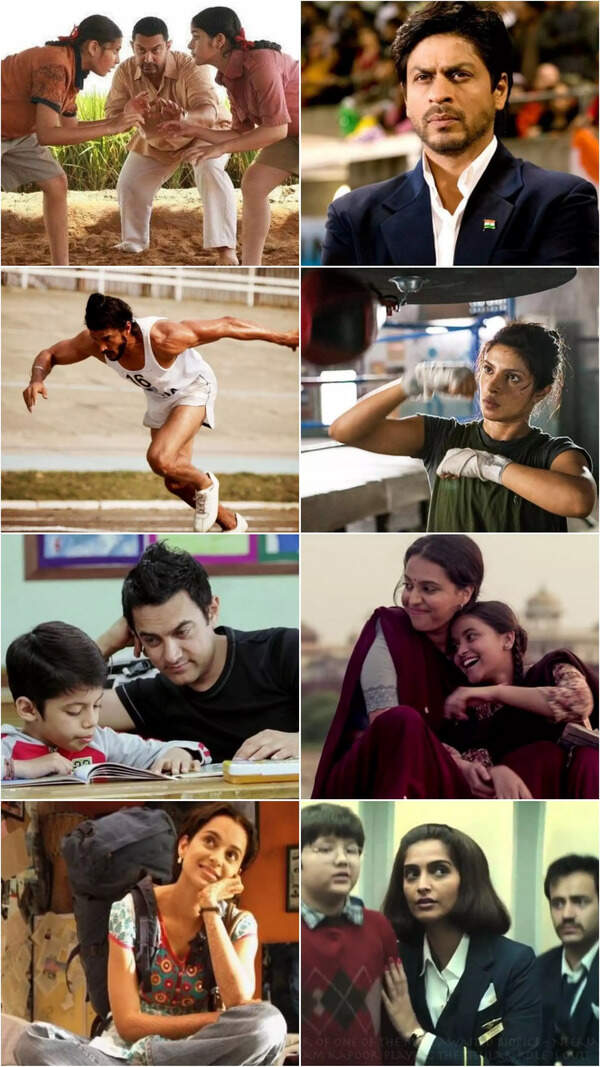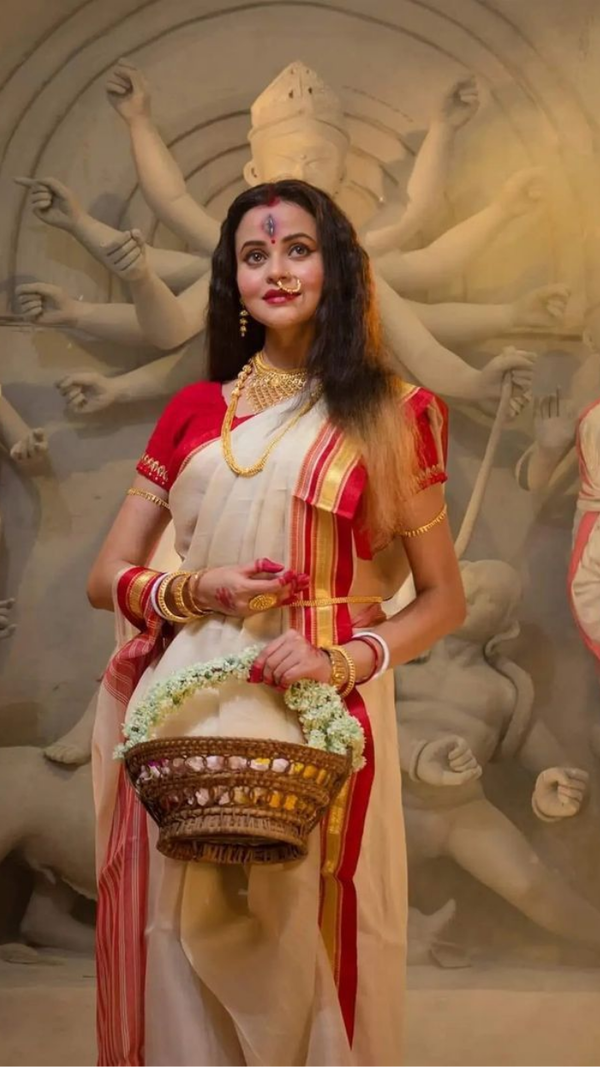- News
- A dream fulfilled, Arundhati Nag believes theatre will continue to grow
A dream fulfilled, Arundhati Nag believes theatre will continue to grow

Bengaluru's theatre circle and the audience embraced them like their own, even as Arundhati, born in Delhi and raised in Mumbai, learned Kannada and found her bearings in the Garden City.
However, Shankar Nag's untimely death in a road accident in 1990 brought things to a standstill. The dream, though, remained intact.
After a couple of years, Arundhati brought like-minded friends together on a common platform to give shape to Nag's vision. In 2004, the arena — aptly named Rangashankara — opened in JP Nagar to the public. Twenty years and over 7,500 plays in 36 languages and dialects later, it isn't just a place for quality theatre but an institution empowering dreams. As a month-long theatre festival got under way Thursday, Arundhati Nag, now artistic adviser of Rangashankara, spoke to TOI on the vision, action, and fulfilment of the dream.
Excerpts from the interview:
When Shankar Nag and you dreamt of a place for performing arts, did you envisage the response and success of it?
Kannadigas are very warm and accepting people. Shankar and I have been recipients of that warmth. We came from Bombay, and the way the Kannada theatre people just embraced us, gave us their rehearsal space, and whatever help we needed was heart-warming. I was Shankar Nag's girlfriend, and they accepted me. They came to teach me Kannada, they forgave me my accent, and today, 40 years down the line, I speak Kannada well enough to fool people that I'm from here. It has really been a journey of great warmth, and I never doubted that Rangashankara would have a problem having theatre people performing in it.
What prompted the dream of Rangashankara?
When we came to Bengaluru, Ravindra Kalakshetra was among the very few auditoriums available. It took months to get a slot at the Kalakshetra, and you could hardly perform a play four times a year at the venue. We came from this theatre atmosphere of Bombay that was profusely rich in numbers, where there was Gujarati, Hindi, Marathi theatre. There were so many theatres where you had shows on Monday mornings also. So, we felt kind of beaten, that we couldn't do more shows. And Shankar used to tell me many times, "Here you'll only be Shankar Nag's wife, go home." I told him, "If I go, I'm gone. I'm not coming back." That's when we thought of a place exclusive to performing arts throughout the year.
Given the challenges that come with a novel project, did you at any time think of calling it quits?
Not once did it cross my mind to give up. It was never an option, and my belief wasn't unfounded. It took a couple of years for people to realise we have a place where there is only theatre happening. There are a lot of youngsters who're now coming to watch.
What were your feelings when the first public performance was staged on Oct 28, 2004?
I had no time to feel anything. When it started, my daughter and I were somewhere upstairs. We then got busy fixing up a leakage and keeping it from seeping into the performance arena.
How much of Shankar Nag resonates in this place?
There is a theatre, and it reminds you of Shankar. We don't wear him too heavily. Shankar would have done this.
How do you see the future of Rangashankara?
Growing. Theatre will continue to do its job with new ideas and fresh talent. But before I retire, I want to put together a corpus that will help this place run by itself with enough funds to fall back on.
End of Article
FOLLOW US ON SOCIAL MEDIA









